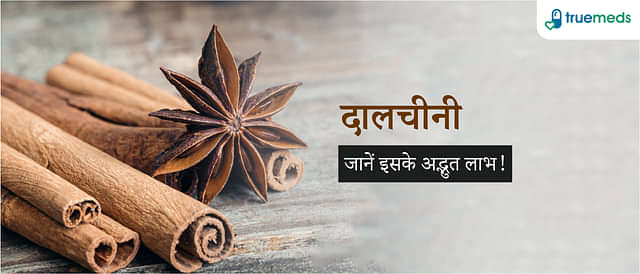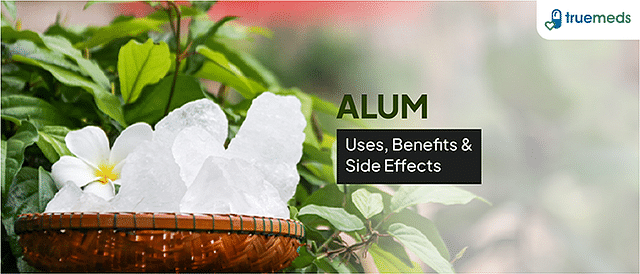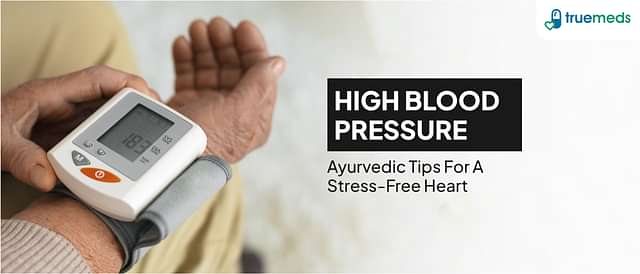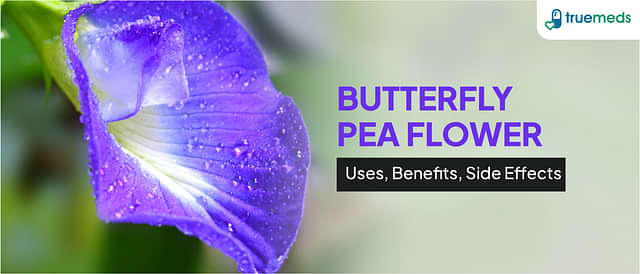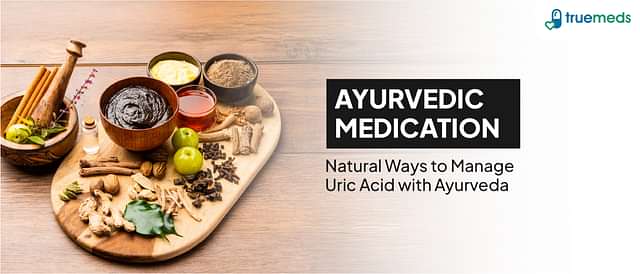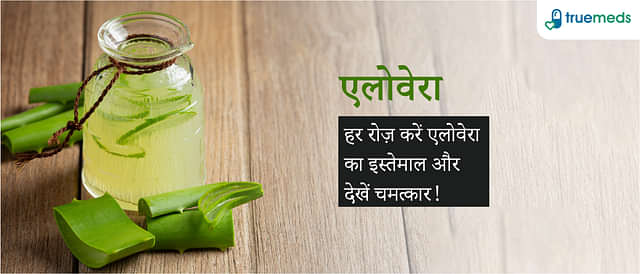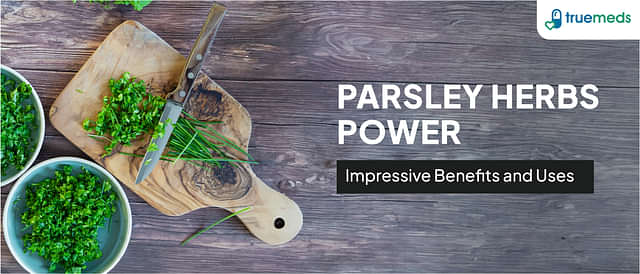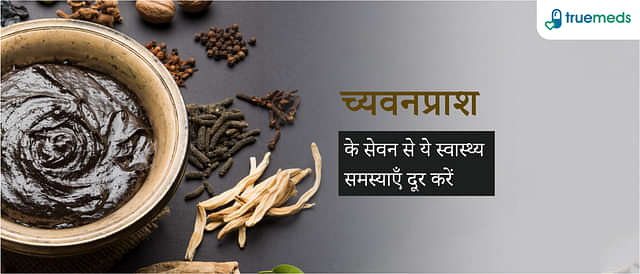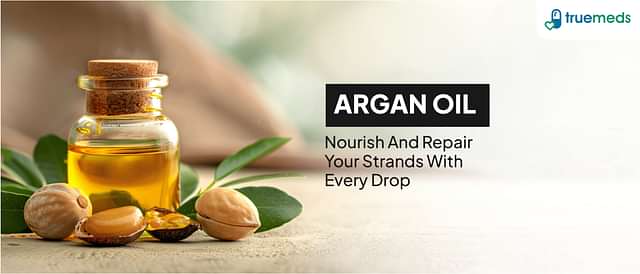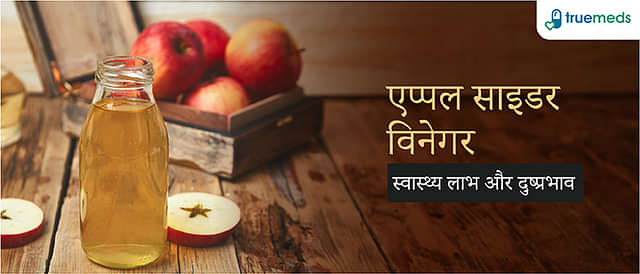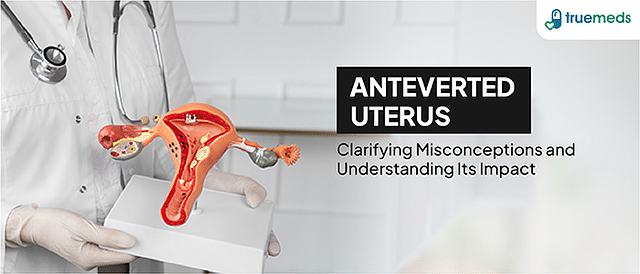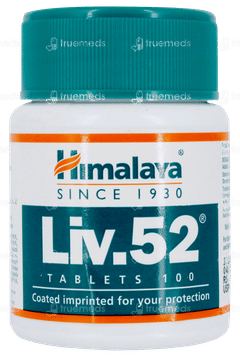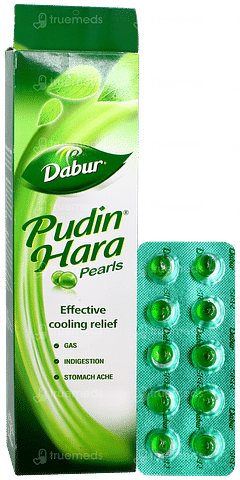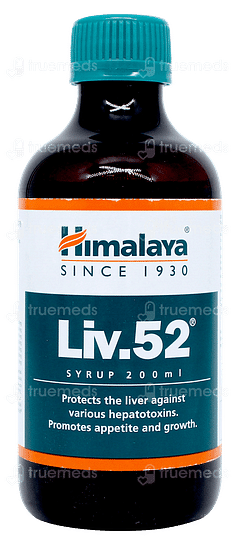Chickpea
What are chickpeas? Chickpeas (Cicer arietinum L.) are globally significant pulse crops widely consumed, especially across Afro-Asian nations. It is a rich source of carbohydrates and high-quality protein and is ahead of many other pulses in nutritional value. Despite being generally low in lipids, chickpeas remain an essential source of the unsaturated fatty acids we need for a healthy diet. Chickpea is abundant in dietary fibre and essential amino acids, except for the sulphur-containing amino acids that cereals can quickly provide. Due to their many nutrients, chickpeas are a good source of nutrients to be included in one's diet.
Last updated on : 21 Jul, 2025
Read time : 8 mins

What is Chickpea?
Chickpea garbanzo or Bengal gram is one of the oldest pulses, or pulse crops, belonging to the seven founder crops of the Neolithic world. They are third in importance worldwide among pulse crops, after dry beans and field peas.
Is Chana good for weight loss? Yes! It helps manage weight and diabetes. Chickpeas are essential mainly because of their composition, containing quality proteins, necessary amino acids, and dietary fiber. Thus, they are used worldwide and especially in Afro-Asian countries as a staple food. The beneficial effects of chickpeas on the body can also be attributed to the fact that they are rich in unsaturated fatty acids as well as carbohydrates.
Source of Chickpea
Chickpea is a product of the Cicer genus, with ten annual and 36 perennial cultivars. Among these species, Cicer arietinum is the only species that has been domesticated and cultivated around the world. The earlier literature based on archeological findings has put the existence of chickpea farming in the Middle Eastern region from as early as 7500–6800 BC.
Initial sources for chickpea production are the Fertile Crescent and Meditteranean areas, while South Asia and Ethiopia are the others. Chickpea has moved from the Mediterranean region to South Asia, East Africa, and Central Asia and ended in America from a genomic point of view.
Key Facts
| Feature | Details |
| What is Chickpea? | Chickpea (Cicer arietinum L.), or garbanzo bean, is a popular legume cultivated worldwide, rich in nutrients and health benefits. |
| Common Use | Used in various cuisines, chickpeas are commonly made into dishes like hummus, salads, and soups and are valued for their protein and fiber content. |
| Ingredients | Primarily composed of carbohydrates, protein, dietary fiber, and essential minerals such as iron, potassium, phosphorus, and magnesium. |
| Health Benefits | It supports weight management, improves blood sugar control, enhances digestion, and contributes to heart health. Chickpeas are also linked to reduced risk of chronic diseases. |
| Forms Available | Two main varieties exist: 'Kabuli,' which is lighter in colour and larger, and 'Desi,' which is smaller and darker. |
| Recommended Dosage | Typically, a portion size of ½ to 1 cup of cooked chickpeas per day is recommended for health benefits. |
| Safety Measures | Introduce chickpeas gradually to avoid digestive discomfort; avoid raw chickpeas due to potential toxins. Soaking and cooking are essential for digestibility. Be cautious of allergies or sensitivities. |
| Storage | Store dry chickpeas in a cool, dry place at temperatures below 20°C. Cooked chickpeas can be refrigerated for up to a week or frozen for longer storage. |
Alternative Name of Chickpea
- Garbanzo – Spanish
- Pois chiche – French
- Kichar or Chicher – German
- Chana – Hindi
- Gram or Bengal Gram – English
- Nakhut – Turkish
- Nohut – Romanian, Bulgarian, Afghan, Russian
Nutritional Value
Here is the simplified table with two columns for nutrients and their values with units:
| Nutrient | Value (per 100g) |
| Energy | 378 Kcal |
| Protein | 20.47 g |
| Fat | 6.04 g |
| Carbohydrate | 62.95 g |
| Fibre | 12.2 g |
| Zinc | 2.76 mg |
| Sugar | 10.7 g |
| Calcium | 57 mg |
| Iron | 4.31 mg |
| Magnesium | 79 mg |
| Phosphorus | 252 mg |
Health Benefits
Chickpeas are healthy and have benefits such as nutritional control for diabetes and obesity among patients. These foods are nutrient-dense and may be fundamental to helping prevent chronic diseases and promote good health.
1. Diabetes
Diabetic subjects should consider chickpeas as they are low glycemic index foods. Chickpeas can help regulate blood glucose levels by slowing carbohydrate digestion, which reduces rapid spikes in blood sugar. This results in effective regulation of glucose contrary to foods that lead to post-meal glucose spike. Chickpea consumption improves glycemic control and reverses the odds of insulin resistance.
2. Obesity
Chickpeas also support obesity management. They are recommended for weight loss diets because they are high in fiber and low in energy density. Previous research has revealed that people who consumed chickpeas or hummus have a lower chance of becoming obese or have a smaller BMI and smaller waist circumference than those who did not consume chickpeas or Hummus. The fiber content in chickpeas stabilises the appetite and aids in avoiding overconsumption of food, making it easier to lose or maintain a healthy weight.
3. Acne
Mild acne can also be dealt with with the help of chickpeas, as they contain zinc and other micro and macronutrients that can influence sebum secretion. Zinc helps the skin regulate inflammation and prevent the formation of excess oils on the skin’s surface that can clog pores. The fiber in chickpeas also has a digestive benefit, which contributes to eliminating toxins in the body, which in turn helps get rid of skin problems and provide healthy skin.
4. Hyperpigmentation
High in vitamin B with particular emphasis on folic acid and niacin, chickpea has a Pitta balancing property that heals damaged skin and improves skin tone. The treatment with chickpea-based masks or pastes topically helps lighten the dark spots and improve skin texture; hence, they are effective natural cures for the management of pigmentation and for getting bright skin.
How to Use
Here are nutritious and delicious ways how you can use the benefits of eating chana:
1. Roasted Chickpeas
Roasted chickpeas make for a crunchy, healthy snack packed with protein and fiber. They can be easily customized with different seasonings to suit your taste.
Steps to use:
- Drain chickpeas with oil and your favorite seasoning mix (such as taco seasoning or herbs).
- Spread on baking sheets and bake at 350°F for 45-50 minutes, stirring halfway through to prevent sticking.
2. Lemony Chickpea Salad
This Mediterranean-inspired dish offers a refreshing and tangy flavor, perfect for light lunches or as a side dish. The combination of chickpeas with lemon and feta is rich in nutrients.
Steps to use:
- Mix a marinade with olive oil, lemon juice, garlic, sea salt, and pepper.
- Toss chickpeas, feta cheese, and spinach in the marinade and let it sit for 4-5 hours before serving.
3. Chocolate Hummus
A sweet twist on traditional hummus, this chocolate version is a delightful dessert dip that pairs well with fruits like apples and strawberries.
Steps to use:
- Blend chickpeas, cocoa powder, vanilla creamer, and honey until smooth.
- Serve as a dip for fresh fruits, or enjoy with crackers.
Safety Measures for Using Chickpeas
Chickpeas must be consumed in a certain way to enhance the benefits conferred on your system while minimizing the side effects. Here are some key considerations:
- Avoid Raw Consumption: Raw chickpeas contain certain toxins and complex substances that are difficult to digest. Such risks are eradicated by thorough cooking to make them safe for consumption.
- Gradual Introduction: The chickpeas, as well as other legume intake, should be commenced progressively. This process also benefits your digestive system so that you are not likely to feel gassy or develop discomfort.
- Cooking Methods Matter: Incorporate the chickpeas in a meal plan after proper cooking, making it easier to digest and improving the nutrient profile. It is also good to immerse them before cooking; this will help lower some of the complex sugars that may lead to tummy upset.
Key Takeaways
- Chickpeas is among the most nutritious pulses with high protein and carbohydrate content and are essential for vegetarians and vegans.
- It is known that they provide so many health benefits, support weight loss, and improve glycemic levels, thus making them suitable for diabetic and obese patients.
- Besides, they can be cooked differently, including roasting into snacks, adding to salads, and even making a ‘sweet’ dish such as chocolate hummus.
- Of course, one must cook them well and gradually introduce them into one's diet to avoid an upset stomach.
- On the nutritional value scale, chickpeas are rich in amino acids, dietary fiber, vitamins, and minerals that play a vital role in balancing health.
Conclusion
Chickpeas are a powerhouse of nutrition, offering high-quality protein, complex carbohydrates, dietary fibre, and essential micronutrients. Their low fat content and rich supply of unsaturated fatty acids make them ideal for a heart-healthy diet. As a versatile legume, chickpeas can complement a variety of dishes while supporting muscle health, digestion, and overall wellness. Their ability to pair well with cereals also ensures a complete amino acid profile. Adding chickpeas to your regular meals is a simple yet effective way to enhance nutritional intake and promote long-term health.
FAQs
Is chana (chickpea) good for weight loss?
How much chana per day?
What is the healthiest way to eat chickpeas?
Does boiling chana reduce protein?
Can I eat soaked chickpeas daily?
Do chickpeas cause gas?
Are Chickpeas a Superfood?
Are Chickpeas healthy for weight loss?
References
- Aravind Jukanti, Gaur, P. M., Cholenahalli Laxmipathi Gowda, & Ravindra Chibbar. (2012, August). Nutritional Quality and Health Benefits of Chickpea (Cicer Arietinum L.): A Review. ResearchGate; Cambridge University Press (CUP). https://www.researchgate.net/publication/230731671_Nutritional_Quality_and_Health_Benefits_of_Chickpea_Cicer_Arietinum_L_A_Review
- Zhang, J., Wang, J., Zhu, C., Singh, R. P., & Chen, W. (2024). Chickpea: Its Origin, Distribution, Nutrition, Benefits, Breeding, and Symbiotic Relationship with Mesorhizobium Species. Plants, 13(3), 429. https://doi.org/10.3390/plants13030429
- Wallace, T., Murray, R., & Zelman, K. (2016). The Nutritional Value and Health Benefits of Chickpeas and Hummus. Nutrients, 8(12), 766. https://doi.org/10.3390/nu8120766
- Arriagada, O., Cacciuttolo, F., Cabeza, R. A., Carrasco, B., & Schwember, A. R. (2022). A Comprehensive Review on Chickpea (Cicer arietinum L.) Breeding for Abiotic Stress Tolerance and Climate Change Resilience. International Journal of Molecular Sciences, 23(12), 6794. https://doi.org/10.3390/ijms23126794
Explore other categories
Related Health Articles
Latest health articles
Top Health Essentials
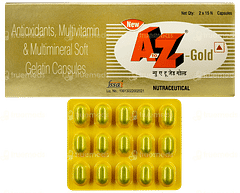
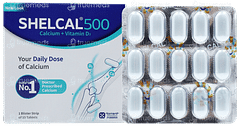
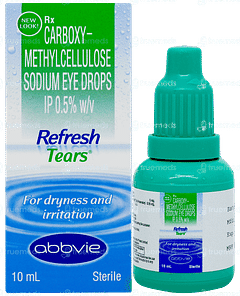
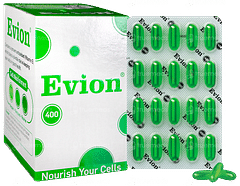
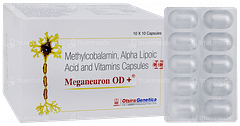
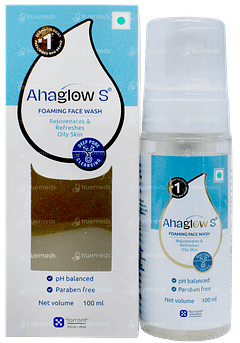

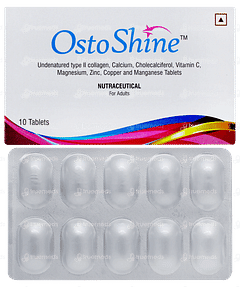

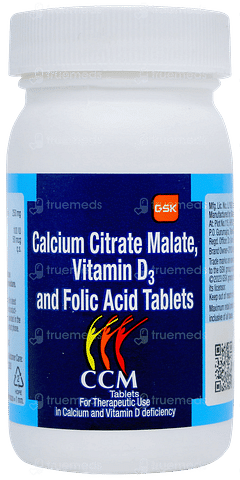

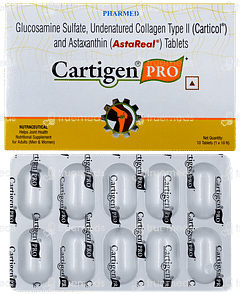

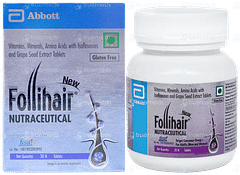
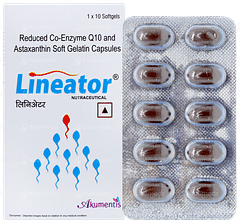
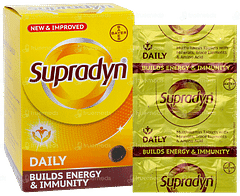
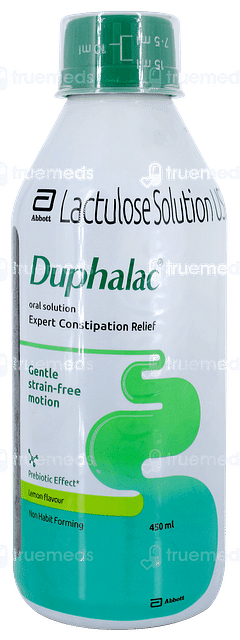

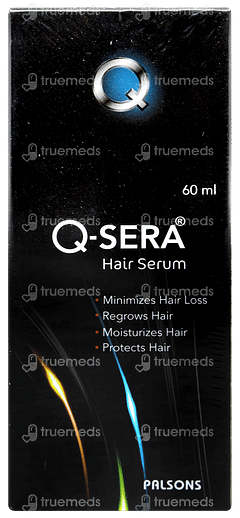

Top-selling ayurvedic products

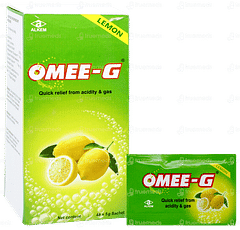
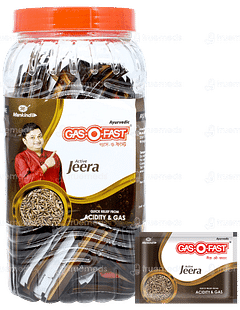
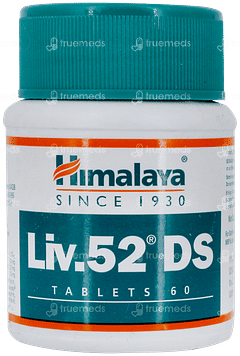
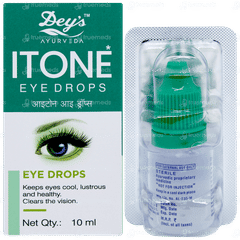
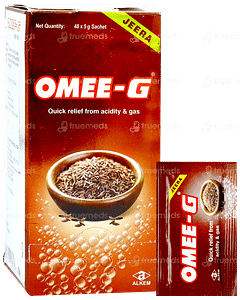
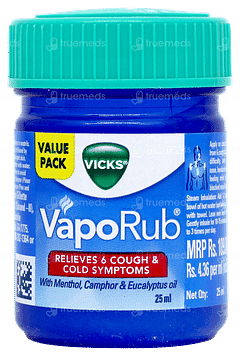
Disclaimer
Top-Selling Medicines:
...View more
Top-OTC medicines:
...View more
Top-selling healthcare devices:
...View more
Company
About UsHealth ArticleHealth StoriesDiseases & Health ConditionsAyurvedaAll MedicinesAll BrandsNeed HelpFAQSubscribe
Registered Office Address
Grievance Officer
Download Truemeds
Contact Us
Our customer representative team is available 7 days a week from 9 am - 9 pm.
v4.3.5
2025 - Truemeds | All rights reserved. Our content is for informational purposes only. See additional information.
Our Payment Partners










